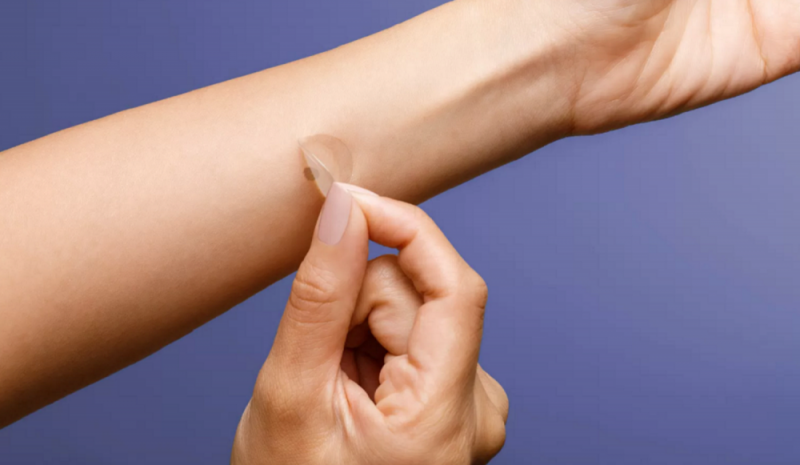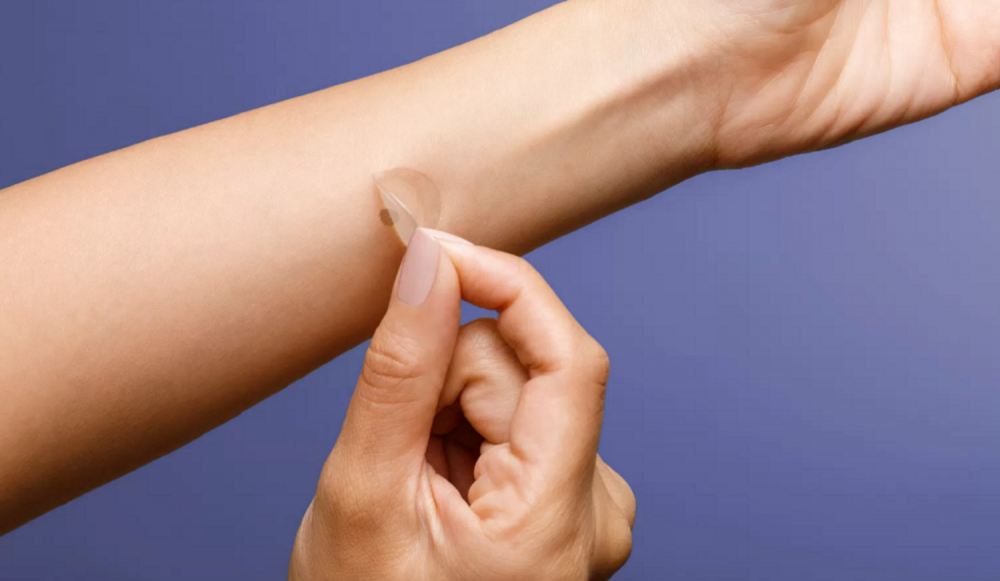5 skin cancer-care tools you should look out for

Ozone is like Earth’s natural sunscreen, protecting living things from the sun’s harsh UV rays. But this sunscreen is running out. Greenhouse gases are thinning out the ozone layer, and our skin is starting to pay the price. According to the World Health Organization, losing an extra 10 percent of ozone levels will cause an additional 300,000 non-melanoma and 4,500 skin cancer cases.
With skin cancer as the most diagnosed cancer in America, the US Preventative Services Task Force (USPSTF) updated their screening recommendations earlier this month, emphasizing the need for people to get moles and other spots checked early for potential tumors.
The quicker skin cancer is caught, the better your chances of recovering from it. And recent technological advances in skin cancer research is transforming the way doctors and patients approach this deadly disease. Here are five tech tools to keep an eye on.
Therapeutic skin cancer vaccine
As multiple companies experiment with cancer vaccines, Merck and Moderna are focusing theirs on melanoma. Their phase II clinical trial results, shared last week, showed a 44 percent decrease in risk of death or a melanoma relapse when pairing the vaccine with the immunotherapy Keytruda. Additionally, about 79 percent of people who took the vaccine plus immunotherapy stayed cancer-free for 18 months compared to the 62 percent who just took immunotherapy. The data shows enough promise for the companies to start a Phase 3 trial in adjuvant melanoma this year, and could compel them to rapidly expand the vaccine to other tumor types, including non-small cell lung cancer, Eric Rubin, a senior vice president at Merck, wrote in an email.
The vaccine isn’t a preventative treatment, but is instead given to melanoma patients early in recovery. The researchers take tumor samples from biopsies and identify which proteins are most likely to be recognized by the human immune system. They then make a personalized mRNA vaccine (adapted from the technology behind Moderna’s COVID jab) using a certain number of these abnormal genes to boost an individual’s adaptive immunity. If the rest of the trials go as planned, the vaccine could be available as soon as 2025 or early 2026, says Eric Whitman, the medical director of Atlantic Health System’s oncology service line.
Genetic tests and personal risk scores
Precision prevention is when doctors use multiple tools to map out a person’s risk of cancer and use that assessment to tailor their treatment and risk-reduction strategy. Instead of following a standard guideline like an annual dermal exam, a person who is considered high-risk (like someone with a history of skin cancer) may need more frequent screenings and extra body imaging, says Meredith McKean, the director of melanoma & skin cancer research at the Sarah Cannon Research Institute in Tennessee. People with very low risk, on the other hand, may be encouraged to learn how to do their own self-checks at home. McKean adds that it’s really helpful “to stratify patients and really help them do the best that we can to prevent another melanoma or skin cancer [case].”
Genetic tests can also be used to identify people with a predisposition to skin cancer. A 2022 study in the journal Cancer Research Communications found that people who were told they had a MC1R mutation, which carries a higher risk for melanoma, made more of an effort to protect themselves against the sun and get regular skin checks. Some doctors even use AI technology to a personalized risk score for individuals based on photos of skin lesions and moles.

Melanoma sticker
The Dermtech SmartSticker is an easy precursor for checking suspicious moles for melanoma. A dermatologist places four skin patches on the potential tumor for less than five seconds, and ships the sample to a Dermtech lab in San Diego, California. The lab then tests for DNA from cancerous cells. If the results come back positive, the dermatologist would follow up with a biopsy. If not, this painful step can be avoided and the doctor would just continue clinically monitoring the patient.
“It’s a very good test. If it comes up negative, there is a greater than 99-percent reliability that the mole is not melanoma,” says Emily Wood, a dermatologist at Westlake Dermatology & Cosmetic Surgery in Texas. She adds that patients in her clinic favor the stickers over biopsies because they’re painless, cost-effective, and quick. “We’re going to save lives in catching melanoma earlier. I think this will make a dramatic impact for patients long-term.” While the studies are ongoing, there is research suggesting the tool could extend to detecting non-melanoma skin cancer.
Artificial intelligence apps
Medical researchers are now training computers to recognize patterns and atypical features associated with skin cancer. “AI picks up a lot more subtle changes than the naked eye,” says Trevan Fischer, a surgical oncologist at Providence Saint John’s Health Center. The high accuracy in AI deep learning can help doctors determine whether a mole is malignant and worth biopsying—saving patients from some unneeded discomfort.
The beauty of AI is that you can do a full home skin exam with a press of a few buttons. Popular smartphone apps like MoleMapper lets users upload a picture and have it analyzed for potential skin lesions. They also let you store photos to show your doctor and keep track of any changes to your mole. (Wood warns that a smartphone app is not meant to substitute in-person skin check-ups with your doctor.)
While these apps are useful, there’s always room for improvement. For example, the AI’s accuracy goes down when the view of the mole has shadowing, blurriness, hair, or if the image is rotated. There’s also been research showing that AI databases lack images of darker skin types that would teach the system to better detect skin cancer from people of color. If anything, Wood says the apps can encourage people to submit photos of suspicious moles and start the conversation early with their doctor.
Millimeter wave imaging
The same technology used in airport security scanners is getting revamped and used to detect skin tumors. Millimeter wave imaging is a non-invasive method and a low-cost alternative to biopsies that works by scanning a person’s skin for any biochemical and molecular changes related to a disease or disorder. The radio waves reflect differently when looking at benign versus cancerous moles.
While the approach is not yet available for clinical practice, there is evidence backing up the proof of concept. A 2017 study in IEEE Transactions on Biomedical Engineering found considerable differences when looking back at the scans of healthy skin and those for two common skin cancer types: squamous cell carcinoma and basal cell carcinoma. The study authors could see detailed changes in water molecules, glucose concentrations, and protein levels. A 2018 study in the same journal used ultra-high resolution millimeter wave imaging to identify early-stage skin cancer. Most recently, the diagnostic tool was studied on 136 people suspected of skin cancer. Ultimately, it found malignant tumors from various types of skin cancer on 71 patients, giving the tech a “high diagnostic accuracy.”
“We’re really trying to leverage all the different ways that advanced technology can help us diagnose and treat skin cancer like melanoma,” Whitman from Atlantic Health Systems says. He emphasizes that most of these strategies weren’t imaginable 10 years ago. Using data to improve on existing AI technology and create new models for personalized medicine, he notes, “can really make a difference for people and their lives.”










